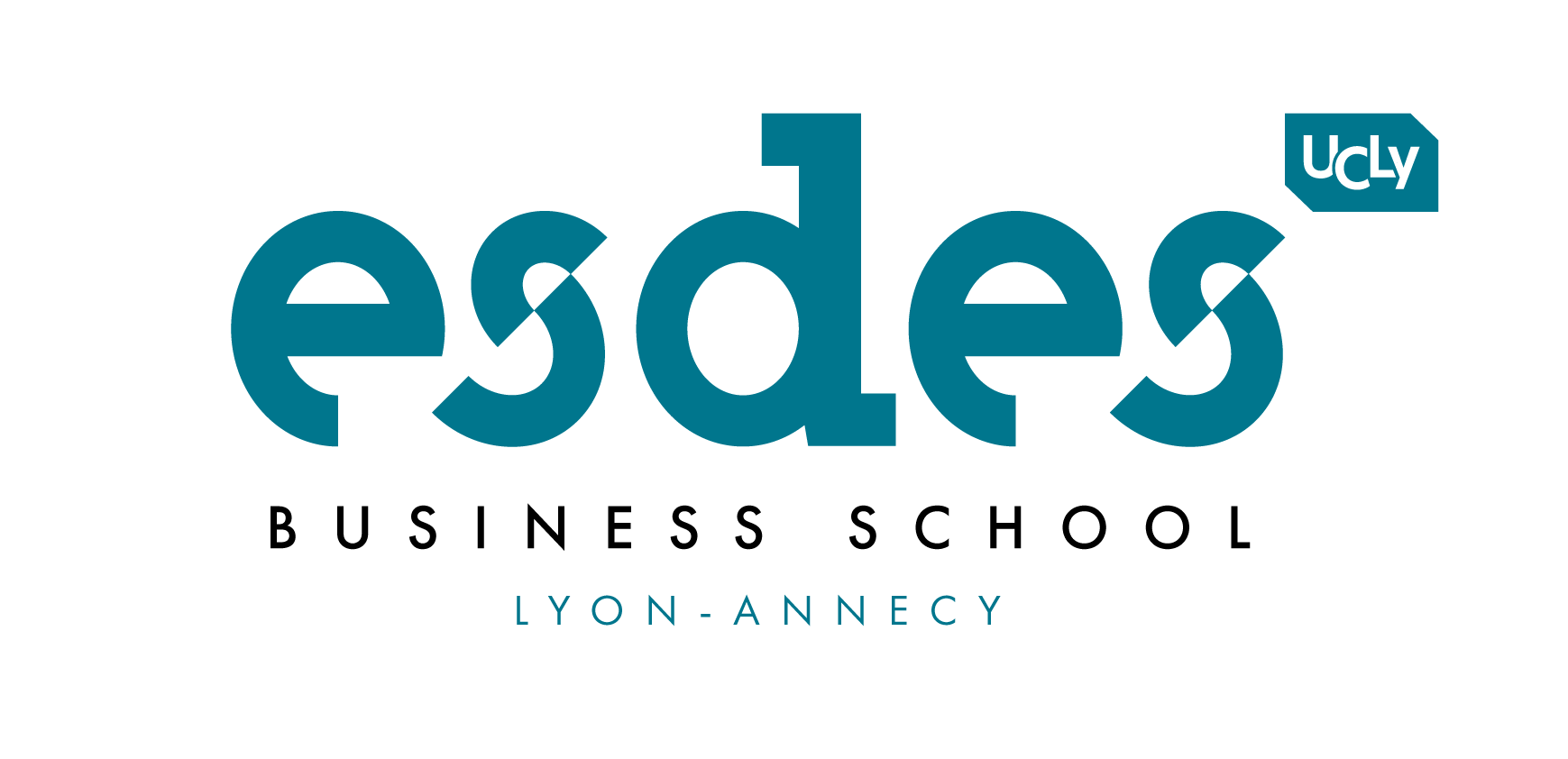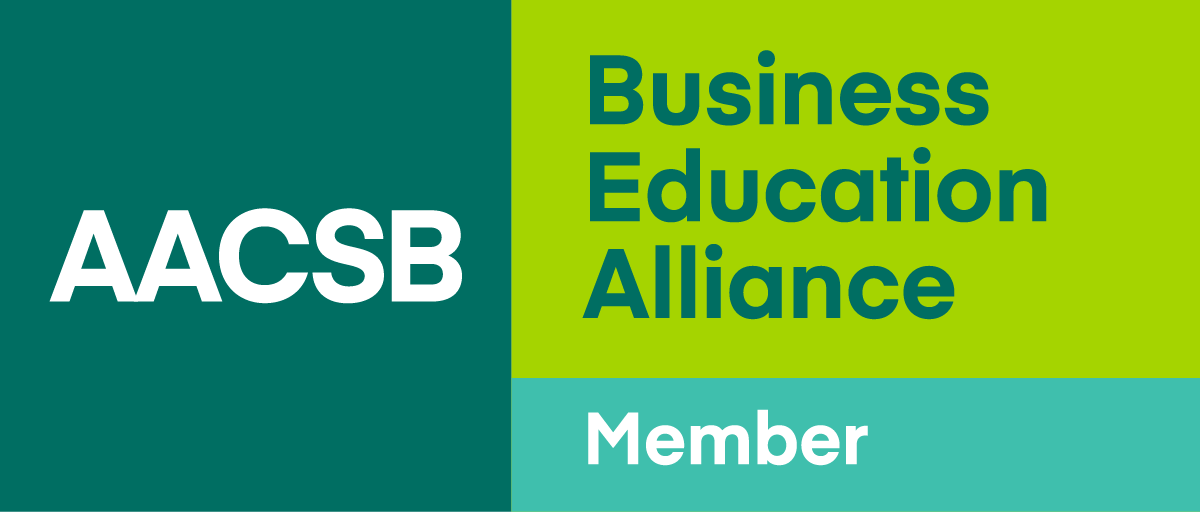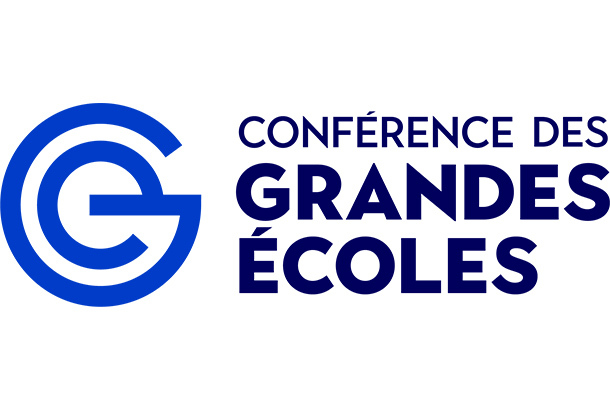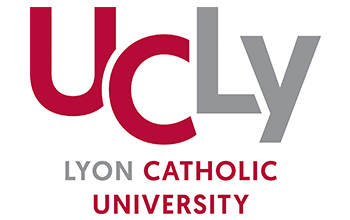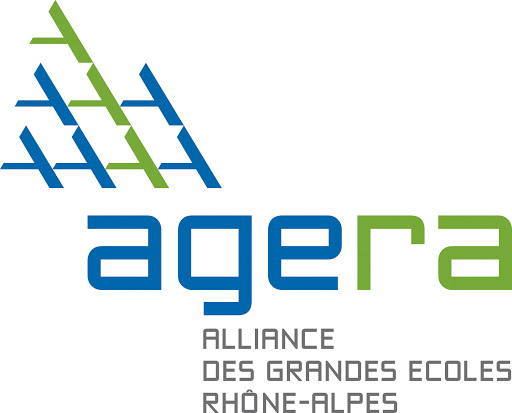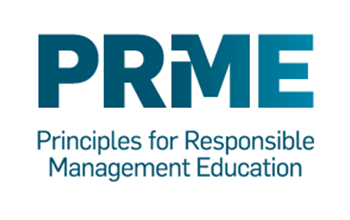- Homepage
- ESDES’s blog
- Research
- A merger strategy to meet the challenges of Greater Paris: Chronicle of a public-private operation
Anne-Sophie Thelisson
2 min.
2 May 2023
A merger strategy to meet the challenges of Greater Paris: Chronicle of a public-private operation (Anne-Sophie THELISSON)
Icade and Silic’s shareholders have agreed the merger between the two real estate companies in order to create a new entity able to respond to the challenges of Greater Paris. Icade was founded in 1954 to meet the need for housing on a national level. The company, which was linked to the Caisse des Dépôts at the time, had a State mission to support major economic and social developments in the country. Icade has a strong institutional culture. Silic, on the other hand, is a smaller entity but is a key player in French urban development as it holds strategic locations in the Paris region. The new entity resulting from the merger is a private company in which Caisse des Dépôts is a minority shareholder (capital breakdown: 39% public shareholders - 61% private shareholders). It is therefore not a privatization , but in this operation, the State intervenes in the development strategy of the companies to secure its own strategy - via a merger operation with a view to ensuring the Greater Paris project.
Post-merger integration challenges
Completing a merger was a challenge in terms of integrating the two entities. Between 40 and 60% of mergers and acquisitions fail to create value. The integration phase of these transactions brings two distinct companies with their own cultures, processes and standards into direct confrontation. The integration confronts these structures and systems, which may be compatible, but are above all different. Moreover, the transfer of knowledge is a long and difficult process because it implies transferring both explicit and tacit knowledge between the acquired and the acquiring company. For example, 'know-how' is so-called tacit knowledge, and its appropriation by both companies cannot be summed up in written or verbal communication. However, this transfer of knowledge is crucial to the success of a merger between two companies, as the creation of post-acquisition value depends on the ability of the acquired company to share its information with the acquiring company, and vice versa. In this sense, possible value creation during the integration process comes primarily from a successful knowledge transfer.
A knowledge transfer facilitated through integration
Knowledge transfer was deemed positive a year after the post-merger integration. However, knowledge transfer was one-sided at the beginning of the integration, but two so-called "facilitating elements" were identified. In other words, two steps had to be taken to ensure a successful knowledge transfer. First, the support of former top managers of the acquired company - Silic - was sought to draw up an inventory of the situation and areas for improvement shortly after take over. The top managers of the acquiring company relied on the expertise of two former top managers to generate a global understanding of the organization and its challenges. Therefore, the transfer of knowledge was partly ensured through the work experience of others. Second, knowledge was identified as existing internally but underused and not valued. The upgrading of the core competence of the acquired (smaller) company within the new entity contributed to the success of the integration The internal knowledge of both companies became increasingly intertwined during the integration.
In 2022 and in view of the challenges ahead, the company is still organising itself in order to win the numerous calls for tenders launched within the framework of Greater Paris. In the current context, the organisation questions the impact of the health crisis on the possible evolution of housing and offices.
References
Thelisson A.-S. (2022) "Are we talking about merger or acquisition? Defining the integration process", Journal of Business Strategy. https://doi.org/10.1108/JBS-02-2022-0037
